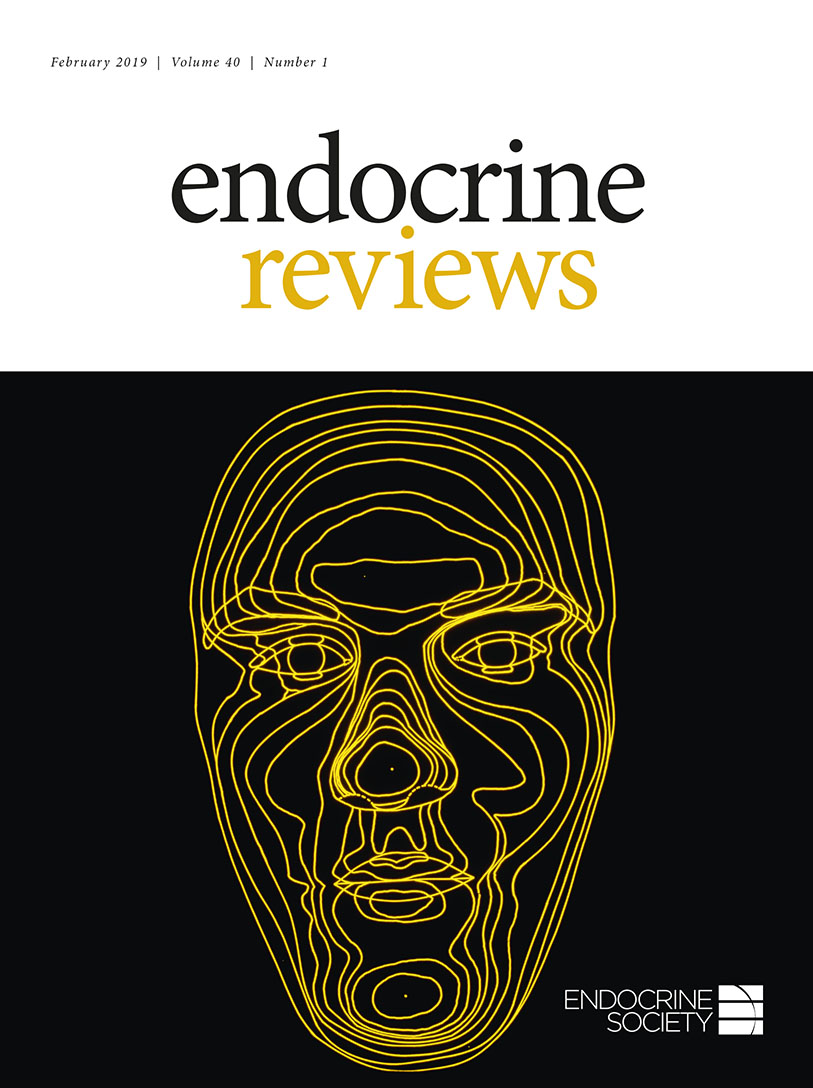1 Φεβρουαρίου 2019 - Coupling the Circadian Clock to Homeostasis: The Role of Period in Timing Physiology - Endocrine Reviews

Abstract
A plethora of physiological processes show stable and synchronized daily oscillations that are either driven or modulated by biological clocks. A circadian pacemaker located in the suprachiasmatic nucleus of the ventral hypothalamus coordinates 24-hour oscillations of central and peripheral physiology with the environment. The circadian clockwork involved in driving rhythmic physiology is composed of various clock genes that are interlocked via a complex feedback loop to generate precise yet plastic oscillations of ~24 hours. This review focuses on the specific role of the core clockwork gene Period1 and its paralogs on intra-oscillator and extra-oscillator functions, including, but not limited to, hippocampus-dependent processes, cardiovascular function, appetite control, as well as glucose and lipid homeostasis. Alterations in Period gene function have been implicated in a wide range of physical and mental disorders. At the same time, a variety of conditions including metabolic disorders also impact clock gene expression, resulting in circadian disruptions, which in turn often exacerbates the disease state.

